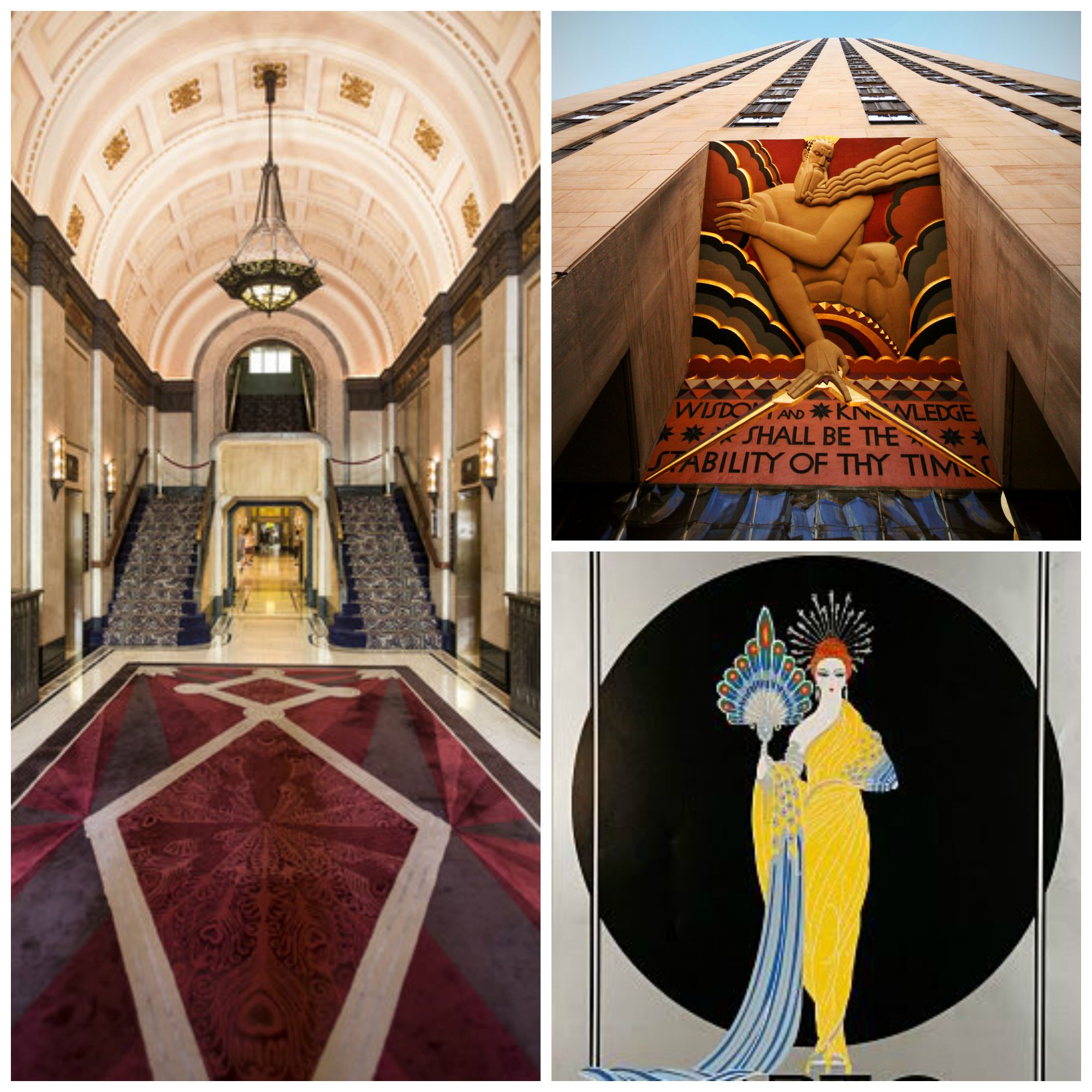Art Deco Design Principles

Art deco design – Art Deco, a glamorous and sophisticated style, emerged in the 1920s and 1930s. It’s characterized by geometric shapes, bold colors, and stylized ornamentation, capturing the spirit of the roaring twenties and the Art Nouveau movement.
Art deco design, with its bold geometric patterns and luxurious materials, has made a resurgence in home decor items. From home decor items such as lamps and mirrors to furniture and textiles, art deco accents add a touch of glamour and sophistication to any space.
The clean lines and symmetrical shapes of art deco design create a sense of order and balance, while the rich colors and opulent materials add a touch of drama and luxury.
Art Deco design embraces sharp angles, sleek lines, and geometric patterns, often inspired by Cubism and Art Nouveau. These geometric elements create a sense of order and modernity, reflecting the technological advancements of the era.
Colors
Art Deco colors are typically bold and vibrant, including shades of black, gold, silver, red, green, and blue. These colors evoke a sense of luxury and opulence, capturing the glamour of the era.
Art Deco’s elegant lines and geometric forms extend beyond architecture, finding expression in the intricate details of mirror shops. These emporiums of reflection capture the essence of the era, their walls adorned with mirrors framed in shimmering chrome and lacquered wood, reflecting the glamour and sophistication of the Art Deco aesthetic.
Ornamentation, Art deco design
Art Deco ornamentation is stylized and geometric, featuring motifs such as sunbursts, chevrons, and zigzags. These decorative elements add visual interest and a touch of sophistication to Art Deco designs.
Architecture
Art Deco architecture is known for its clean lines, geometric forms, and decorative details. Examples include the Chrysler Building in New York City and the Hoover Building in Washington, D.C.
Furniture
Art Deco furniture is characterized by geometric shapes, sleek lines, and luxurious materials. It often features bold colors and stylized ornamentation, as seen in the designs of Eileen Gray and Jean Dunand.
Decorative Objects
Art Deco decorative objects include lamps, vases, and sculptures that reflect the style’s geometric and stylized aesthetic. These objects often feature exotic materials such as ivory, jade, and lacquer.
Historical Context of Art Deco
:max_bytes(150000):strip_icc()/02-fdee7f0e8bdc4509a61307ee9320df60.jpg)
Art Deco, an eclectic style that emerged in the 1920s, was a product of the Machine Age and the Jazz Age. Its origins can be traced to the Exposition Internationale des Arts Décoratifs et Industriels Modernes in Paris in 1925.
The Machine Age, characterized by rapid technological advancements and industrialization, influenced Art Deco’s geometric forms and sleek lines. The Jazz Age, with its exuberant and optimistic spirit, contributed to the style’s bold colors and playful motifs.
Social and Cultural Factors
Art Deco also reflected the social and cultural changes of the time. The post-World War I era saw a surge in urbanization and a desire for modernity. Art Deco’s sleek and streamlined designs appealed to a new generation seeking to break away from traditional styles.
Contemporary Applications of Art Deco

Art Deco, with its enduring elegance and sophistication, has made a remarkable resurgence in contemporary design, gracing architecture, interior design, and fashion with its iconic motifs and luxurious aesthetic. Modern interpretations of Art Deco seamlessly blend classic elements with contemporary sensibilities, creating spaces and garments that exude glamour, opulence, and timeless appeal.
Architecture
In architecture, Art Deco elements are being incorporated into new buildings and renovations, adding a touch of vintage charm to modern structures. Geometric patterns, bold colors, and sleek lines define contemporary Art Deco buildings, evoking the grandeur and sophistication of the original Art Deco era.
Interior Design
Interior designers are embracing Art Deco elements to create spaces that are both stylish and functional. Geometric patterns, metallic accents, and rich fabrics add a touch of Art Deco glamour to contemporary interiors. Art Deco-inspired furniture pieces, such as streamlined sofas and chairs, complement modern designs, adding a touch of vintage elegance.
Fashion
The fashion world has also embraced the Art Deco revival. Designers are incorporating Art Deco motifs, such as geometric patterns, bold colors, and metallic embellishments, into their collections. Art Deco-inspired dresses, suits, and accessories evoke the glamour and sophistication of the 1920s and 1930s, making them perfect for special occasions and red-carpet events.
Table: Art Deco Design Elements vs. Contemporary Design Elements
The following table compares Art Deco design elements with contemporary design elements, highlighting their similarities and differences:
| Art Deco Design Elements | Contemporary Design Elements |
|---|---|
| Geometric patterns | Geometric patterns |
| Bold colors | Neutral colors |
| Metallic accents | Metallic accents |
| Streamlined shapes | Organic shapes |
| Rich fabrics | Sustainable materials |